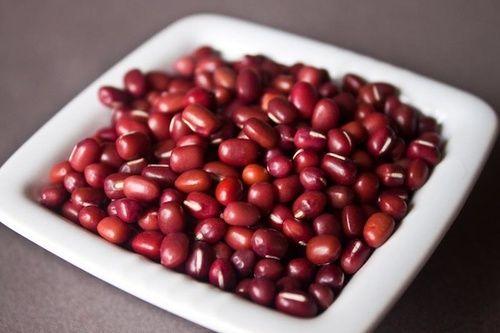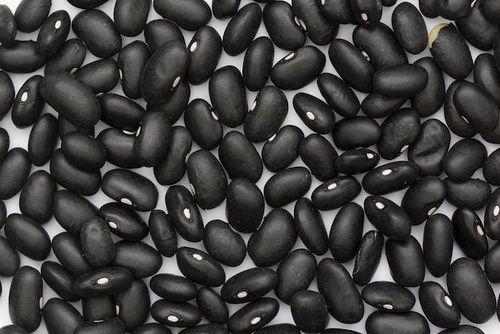I red beans they are small and red in color. They are also called "red soy", but the denomination is wrong because they have nothing in common with soy, if not their belonging to the family of legumes. Their flavor is sweet, similar to that of chestnuts and sweet potatoes. In the country they are little known but their consumption is growing thanks to the common interest in macrobiotic cuisine. Let's find out better.
> 1. Properties and benefits of red beans
> 2. Calories and nutritional values

Properties and benefits of red beans
Red beans are precious allies for the health of the organism. They contain minerals and trace elements such as potassium, zinc, molybdenum and iron.
They are rich in B vitamins (including folic acid), fiber and protein. These beans are easily digested, low in fat and contain isoflavones, substances able to keep our immune system, brain and bones healthy.
Red beans, thanks to the presence of iron, are valuable for those suffering from anemia and for all people who, for some reason, are potentially deficient, such as vegetarians and vegans.
Furthermore, these beans help in the formation of enzymes useful for liver and have purifying and diuretic properties that facilitate kidney processes.
Calories and nutritional values of red beans
100 g of canned red kidney beans contain about 85 kcal / 356 kJ.
Furthermore, for 100 g of product we have:
- 5,25 g protein
- G carbohydrates 15,59
- Sugars 0,22 g
- 0,34 g fat
- Cholesterol 0 mg
- Fiber 6,4 g
- Sodium 341 mg
- Potassium 257 mg
Like red beans, black beans are also rich in iron: discover all the properties

How red beans are used
Red beans are available in jars and buckets. Canned ones are cheaper, but may have added salt and sugar. If you choose to use canned beans, rinse well under cold water before using them to remove the salt and sugar. If you choose to buy the beans in their dry form, however, the cooking process will take longer. Leave to soak overnight. Rinse and put in a pan of cold water and simmer. Then add red beans to your recipes.
A prescription type is as follows:
Soak i fagioli azuki for at least 6 hours, in fresh water. Rinse well. In a pot, preferably terra cotta, cook the azuki, covering them with water by at least 3 fingers. We don't add salt or anything else. We leave the azuki beans to cook for 60 minutes. The excess broth can be put aside and drunk like this, it will be very nutritious and full of vitamins and mineral salts.
At this point, with the broth and the azuki beans left in the pot, let's proceed with the dressing. We add some unrefined salt and turn the pot back on for a few minutes, stirring, to make it melt well. The result you will get will be azuki ready to be enjoyed alone or with croutons.
Like all legumes, if associated with a plate of whole grains and vegetables, they can be a good source of nutrition and constitute a healthy diet, as macrobiotics teaches us. Azuki beans are also used for desserts, as their taste is slightly reminiscent of chestnuts.
READ MORE
The properties of fruits and vegetables based on color
| Allysonkramer.com | Wikipedia


























